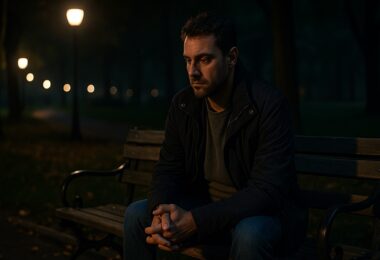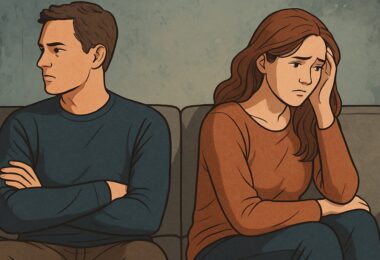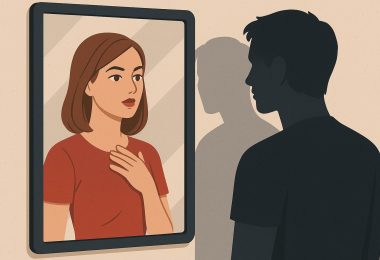Trauma bonds can feel like passion, but real love doesn’t come with chaos and pain
Many people mistake the intensity of a trauma bond for love. But what feels magnetic often masks a cycle of emotional manipulation, fear of abandonment, and unresolved wounds. Breaking that cycle is the first step toward building a relationship based on safety and mutual growth.
What Is Trauma Bonding?
Trauma bonding occurs when intense emotional experiences—especially fear, confusion, or pain—are intertwined with affection and intimacy. These highs and lows create a chemical dependency in the brain that makes the relationship feel addictive, even when it’s harmful.
Why It Feels Like Love
Because trauma bonds often mimic early childhood attachment wounds, they may feel familiar, even comforting. This confusion between love and survival can lead you to chase validation from someone who repeatedly hurts you, reinforcing the cycle.
How to Break the Cycle
Healing begins with recognizing that love should feel safe. Therapy, boundaries, self-worth work, and education on attachment styles are essential tools. Letting go of fantasy and embracing reality is the first act of self-love.
The Path to True Connection
Healthy relationships are built on mutual respect, trust, and emotional safety. They allow room for both partners to grow, express vulnerability, and feel seen without manipulation. When you unlearn chaos, you make space for peace.








Leave a Comment